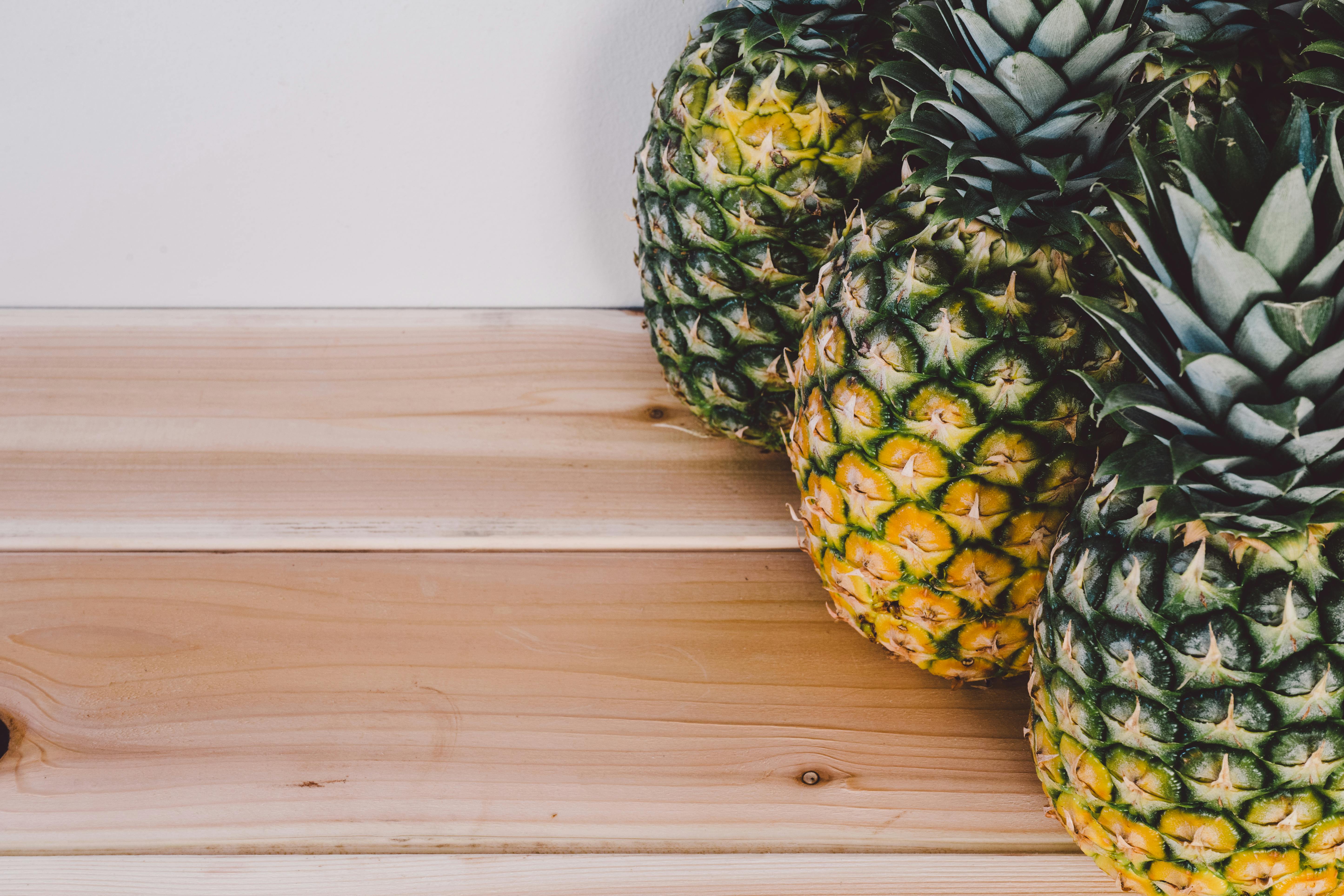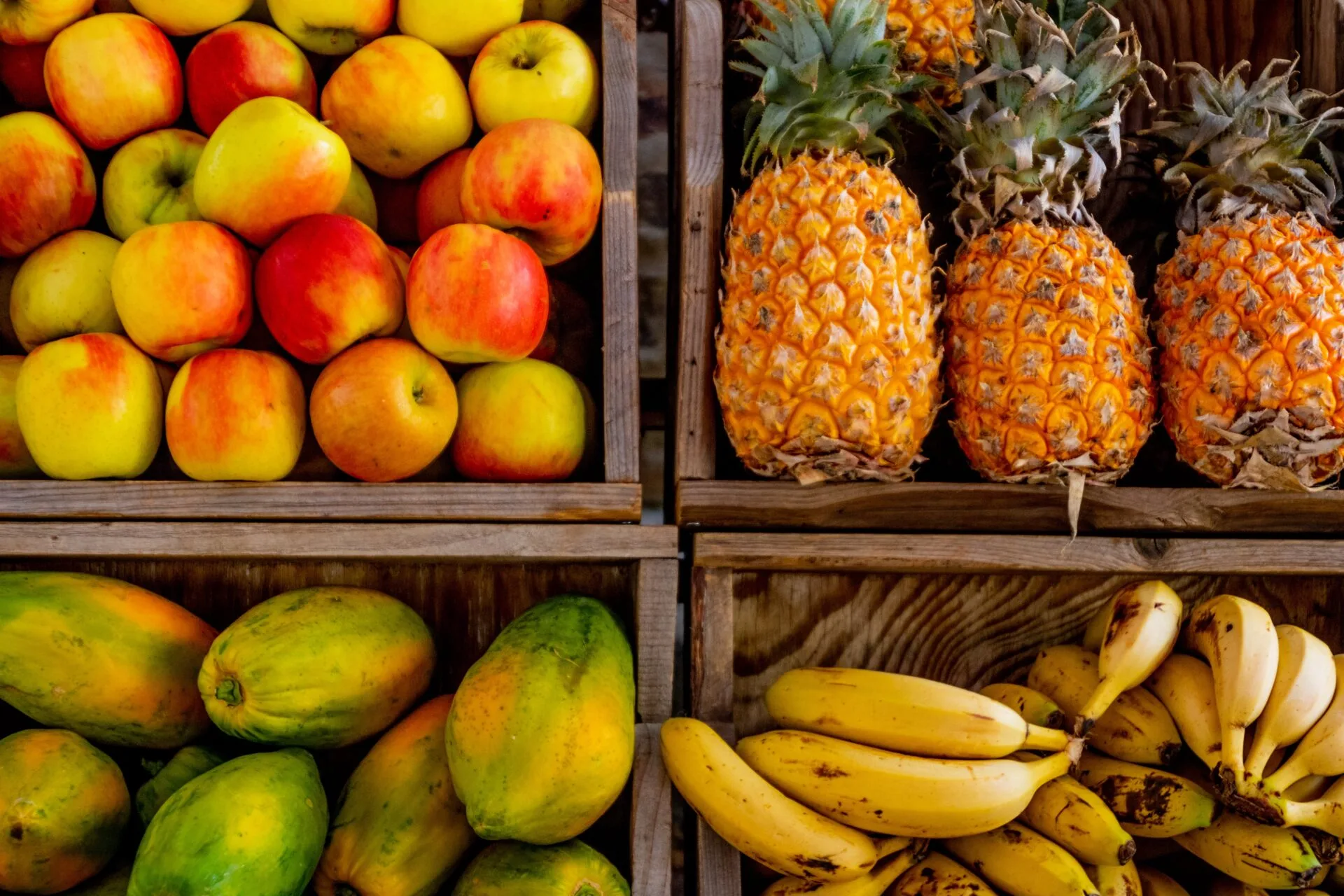Pineapples are a delicious and nutritious tropical fruit that can be grown in many parts of the world. They are particularly well-suited to growing in Florida, which has a warm climate and long growing season. Growing pineapples in Florida is relatively easy and can provide a steady supply of delicious fruit for several years. In this guide, we will explain how to grow pineapples in Florida and provide tips for cultivating a successful crop.To grow pineapples in Florida, it is important to select a location that is warm and sunny, as this will ensure the best possible growth for your pineapple plants. Plant your pineapple in soil that is rich in organic matter, such as compost or well-rotted manure. Make sure the soil is well-draining and slightly acidic (pH of 5.5 – 6.5). Plant the crown of the pineapple in the center of a hole at least 6 inches deep, and fill it with soil to cover the roots. Water the plant every day for at least 10 minutes until it is established. Fertilize with a balanced fertilizer every two weeks during its growing season. Pineapples need several months of full sun exposure to thrive so make sure you provide plenty of sunlight for your plants. Harvest your pineapple when it turns yellowish-brown or when its leaves turn yellow—this should take about 18-20 months from planting.
Understanding The Climate For Pineapple Growth In Florida
Pineapple is a popular tropical fruit grown in many parts of the world, including Florida. With its sunny climate and warm temperatures, Florida is an ideal place for growing pineapples. The key to successful pineapple growth in the state is understanding the climate. In order for pineapple plants to thrive, they need a specific range of temperatures and levels of humidity.
In general, Florida has an ideal climate for growing pineapples. Temperatures rarely dip below freezing and typically hover around 75-80 degrees Fahrenheit during the day and 65-70 degrees Fahrenheit at night. The key is to ensure that temperatures are consistent and not too hot or cold. Pineapple plants need consistently warm temperatures in order to produce fruit. Additionally, humidity levels should remain between 65% and 75%. If levels are too low, it can cause the fruit to dry out before ripening or cause other problems with growth.
When growing pineapples in Florida, it’s important to take into account any potential weather changes or natural disasters that could impact the crop. Hurricanes are a common weather phenomenon in Florida and can wreak havoc on crops if they make landfall. Growers should also be aware of potential frost or freeze warnings during winter months as these can damage pineapple crops if left unchecked.
Overall, with its warm climate and high levels of humidity, Florida is an ideal place for growing pineapples. By understanding the climate needs for successful pineapple growth and taking steps to protect against any potential weather events, growers can ensure their crops will thrive in this tropical paradise.
Choosing The Right Pineapple Varieties For Florida
Pineapple is an iconic tropical fruit, and it’s no wonder why it has become so popular in Florida. But when it comes to choosing the right pineapple variety for your garden, there are a few things to consider. First, you need to know what type of climate you live in and if your area is more suited for a certain variety. Some varieties may thrive better in warmer climates, while others may prefer cooler temperatures. Additionally, you’ll want to consider the size and shape of the fruit as well as the sweetness and aroma of the pineapple when selecting a variety.
When selecting a pineapple variety for your garden, it’s important to consider the amount of time and effort that will be required for growing that particular variety. Some varieties require more maintenance than others due to their delicate nature or because they need more sunlight or water than other varieties. It’s also important to note that some varieties are better suited for canning or preserving than others.
When selecting a pineapple variety for Florida, it’s important to consider what type of soil you have available as well as what kind of irrigation system you can access. Different varieties might require different soil types or amounts of water, so make sure you research which type would be best suited for your garden before planting any seeds or plants. Additionally, some varieties are better suited for particular climates than others so make sure you choose one that will thrive in your area.
Finally, when choosing a pineapple variety for Florida, think about how much time and effort you’re willing to put into maintaining it. If you don’t have much time available or aren’t willing to invest a lot of energy into caring for your plants, then there are some varieties that are easier to maintain than others such as Smooth Cayenne and Red Spanish pineapples. However, if you’re willing to put in the extra effort then there are some more exotic varieties such as Sugarloaf and White Antigua pineapples that may be worth considering.
At the end of the day, choosing the right pineapple variety for Florida really depends on your personal preference and what type of climate your garden is located in. Take all these factors into consideration when making your selection and soon enough you’ll be able enjoy fresh pineapples grown from your own garden!
Preparing The Soil For Pineapple Planting In Florida
The soil is an important factor for the success of pineapple planting in Florida. Proper soil preparation is critical to ensure that the plants have all the necessary nutrients and drainage they need to thrive. Before planting, it is important to test the soil pH and nutrient levels to make sure that they are suitable for pineapple cultivation. Additionally, it is important to make sure that the soil is free of weeds and that the drainage rate is adequate.
To prepare the soil, it should be tilled or turned over several times before planting. This will help to break up any clumps and create a more even surface for planting. Additionally, adding organic matter such as compost or manure will help improve the structure and fertility of the soil. It may also be necessary to add fertilizer or other nutrients depending on what is needed for optimal pineapple growth.
Once the soil has been prepared, it should be watered to ensure that there are no dry spots in which pineapple roots cannot reach water sources. The pineapple plants should then be planted in mounds or hills so that they have adequate drainage and airflow around them. Finally, mulch should be added around each plant to help retain moisture in the soil and protect against weeds.
With proper preparation, pineapple plants can thrive in Florida’s warm climate and sandy soils. Following these steps will help ensure successful pineapple production and a bountiful harvest!
Planting and Spacing of Pineapples in Florida
Pineapples are a popular crop in Florida due to the warm, humid climate that is perfect for growing them. In order to have a successful harvest, however, it is important to understand the planting and spacing requirements for pineapples. Planting and spacing of pineapples in Florida is dependent on several factors including variety, soil type, and climate.
Pineapple plants can be planted in either raised beds or on flat ground. Raised beds are beneficial because they allow for better drainage and help keep the roots of the plants out of standing water. When planting pineapple plants, it is important to space them at least one foot apart from each other. This will ensure that each plant has enough room to grow properly without becoming overcrowded.
The type of soil used for planting pineapples in Florida should also be taken into consideration when deciding on spacing requirements. Sandy soils work best because they provide good drainage and have a higher nutrient content than clay or loam soils. Additionally, sandy soils are more likely to retain heat which helps promote healthy growth in pineapple plants.
The climate of Florida also plays a role in determining the appropriate spacing requirements for pineapples. Planting should take place when temperatures are between 75-90 degrees Fahrenheit during the day and no lower than 60 degrees Fahrenheit at night. If temperatures drop below this range, it could cause stunted growth or even death to pineapple plants. Additionally, pineapple plants need plenty of sunlight during the day so they should be planted away from large trees or buildings that could block out sunlight.
In conclusion, proper planting and spacing requirements for pineapples in Florida depend on several factors such as variety, soil type, climate and location. By taking these factors into consideration when planting pineapples, growers can ensure a successful harvest of sweet juicy fruit!

Water Requirements For Growing Pineapples In Florida
Growing pineapples in Florida requires attention to water requirements. Pineapple plants need a constant supply of moisture, but cannot tolerate flooding or standing water. In general, pineapple plants require about one inch of water per week during the growing season, which is typically June through September. This can be achieved through irrigation or rainfall. It is important to note that pineapples are sensitive to salts and boron, so it is best to use filtered or distilled water when irrigating your crop. Additionally, it is important to monitor soil moisture levels and adjust irrigation amounts accordingly. Too much water can cause root rot and other problems, while too little water will result in wilting and poor fruit quality.
Pineapple plants also require high humidity for optimal growth and fruit production. In order to achieve this, you should mist your pineapple plants two or three times a day during the growing season. Additionally, mulching the soil around the plants can help retain moisture and reduce evaporation. If possible, place your pineapple plants near a source of water such as a pond or lake in order to increase humidity levels.
Finally, it is important to fertilize your pineapple crop on a regular basis in order to ensure healthy growth and maximum yields. Fertilizer should be applied according to the manufacturer’s instructions and should include both nitrogen and potassium for best results. An annual application of composted manure can also help improve soil quality and provide essential nutrients for healthy growth.
Fertilizing Pineapples in Florida
Fertilizing pineapples in Florida is an important part of the growing process. The soil in Florida is rich in nutrients, but can often lack specific vital elements for optimal growth. Applying a balanced fertilizer will help ensure that your pineapple plants get the proper nutrition they need to thrive and produce a delicious harvest. It’s important to fertilize regularly throughout the growing season to help maintain healthy foliage and strong root growth. When choosing a fertilizer, make sure it is specifically designed for pineapples and contains all the necessary macro and micronutrients they need.
Mulching Pineapples in Florida
Mulching around pineapple plants is also essential for keeping weeds at bay and helping to retain moisture in the soil. Pineapples do not like wet feet, so applying mulch will help keep them from sitting in water too long. There are many different materials that can be used for mulch including straw, grass clippings, wood chips, or bark. Apply a 2-4 inch layer of mulch around your pineapple plants, being careful not to cover any of the leaves or stems. This will help keep weeds down and will also help insulate the roots from extreme temperatures during both summer and winter months.
Controlling Diseases And Pests Of Pineapples In Florida
Pineapples are a popular fruit in Florida, but they are also susceptible to diseases and pests. These diseases and pests can cause significant damage to the plants, reducing yields and even killing them. It is important for pineapple growers in Florida to be aware of the different diseases and pests that can affect their crop, and to take steps to prevent or control them.
Common pineapple diseases in Florida include black rot, pink rot, brown spot, root knot nematodes, and bacterial wilt. Black rot is caused by a fungus that attacks the plant’s leaves and stems. Pink rot is caused by a bacterium that affects the fruit itself. Brown spot is caused by a fungus that affects the leaves of the plant. Root knot nematodes are tiny worms that feed on the roots of plants and can cause stunted growth and reduced yields. Bacterial wilt is caused by a bacterium that causes wilting of leaves and stems.
Pests are also a problem for pineapple growers in Florida. Common pests include mealybugs, aphids, mites, thrips, whiteflies, scales, caterpillars, borers, leafminers, weevils, cutworms, nematodes and ants. Mealybugs can cause stunted growth and reduced fruit production if left untreated. Aphids suck sap from the leaves of plants causing yellowing of foliage or distortion of fruits. Mites feed on foliage causing severe damage while thrips feed on flowers resulting in poor pollination which reduces yields. Whiteflies are small insects that feed on sap from plants resulting in yellowing or wilting of foliage while scales suck sap from plant tissues causing stunted growth or discoloration of fruits. Caterpillars feed on foliage causing serious damage while borers tunnel into stems reducing vigor if left unchecked. Leafminers mine into leaves resulting in distorted foliage while weevils feed on roots reducing plant vigor if left untreated. Cutworms may chew through young plants while nematodes parasitize roots reducing vigor and yield if not managed appropriately.
To control these diseases and pests it is important for growers in Florida to practice good cultural practices such as proper sanitation practices around the farm as well as regular scouting for signs of infestation or disease symptoms such as wilting or discoloration of foliage or fruits. They should also use appropriate chemical control measures when needed such as insecticides for pests or fungicides for fungal diseases.
By following these best management practices growers in Florida can effectively manage diseases and pests on their pineapple crop ensuring good yields each season

Conclusion
Growing pineapples in Florida can be a rewarding and enjoyable experience for those who take the time to learn the basics. While it may seem intimidating at first, with a little bit of research and practice, you can successfully grow your own pineapples in Florida. Make sure to pay attention to the soil and water requirements for the pineapple plant, as well as the right temperature and amount of light needed. Pruning is also important for keeping the pineapple plant healthy and free from disease. With these tips in mind, you’ll be able to successfully grow your own pineapples in Florida!
No matter what type of pineapple you choose to grow, this tropical fruit is sure to bring delight to your garden or patio. Pineapples are not only nutritious but they also add a unique flavor and texture to dishes. Whether you’re growing them indoors or outside, following these guidelines will ensure that you have a successful pineapple crop that will provide delicious fruit year after year.



